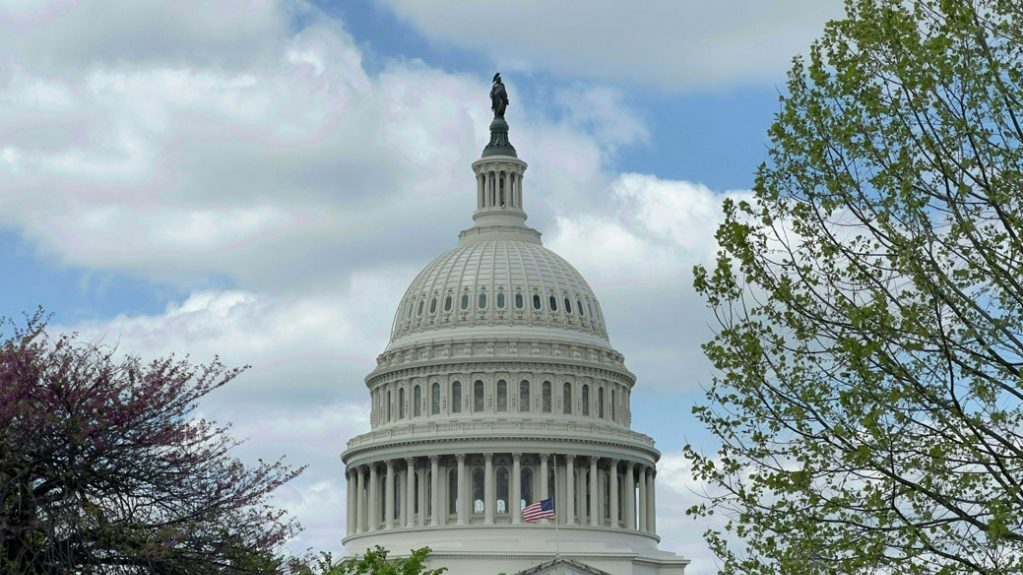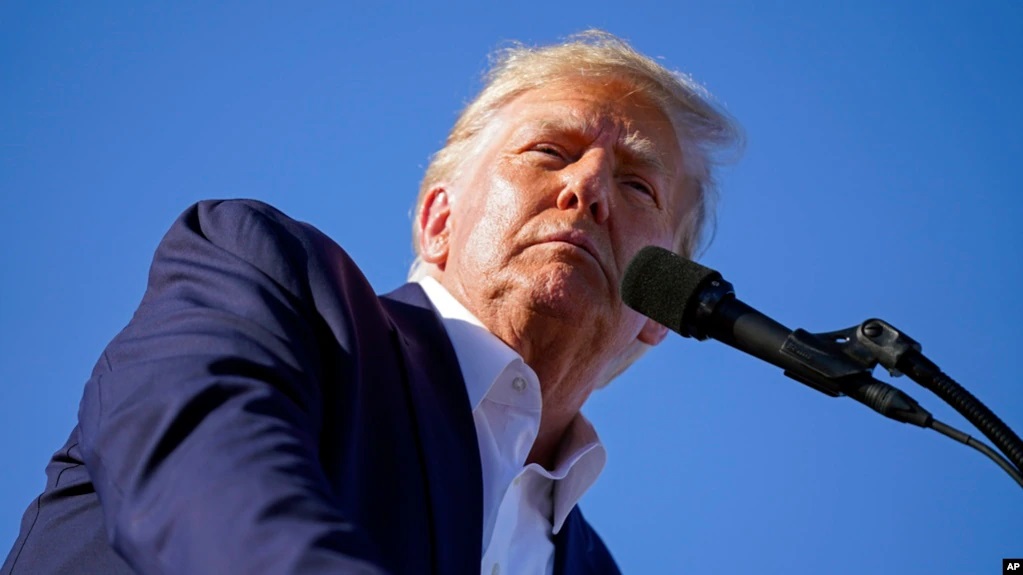China Seen Risking Escalation With Spy Balloon Silence
Written by worldOneFm on February 9, 2023
WASHINGTON — Anger and disgust over China’s decision to violate the sovereign airspace of dozens of countries and scour the globe with a fleet of surveillance balloons is giving way in Washington to larger concerns about Beijing’s behavior — behavior that could bode ill for future incidents.
At the Pentagon, in particular, senior U.S. defense officials warn the Chinese military’s refusal to talk following the U.S. shoot-down of the latest spy balloon to cross U.S. territory is, in some ways, more alarming than the surveillance itself.
“That’s really dangerous,” Ely Ratner, assistant secretary of defense for Indo-Pacific security affairs, told lawmakers Thursday.
“We continue to have an outstretched hand,” he added. “Unfortunately, to date, the PLA [People’s Liberation Army] is not answering that call.”
Concern at the Pentagon has been growing for months, from the secretary of defense on down, with officials increasingly ready to go on the record to discuss the repeated reluctance of their Chinese counterparts to make sure there are lines of communication that can be used in case of a crisis.
"We believe in the importance of maintaining open lines of communication…in order to responsibly manage the relationship" w/#China, per @PentagonPresSec
They're "particularly important in moments like this…Our commitment to open lines of communication will continue" he adds
— Jeff Seldin (@jseldin) February 7, 2023
US-China communication needs
Just last month, U.S. diplomatic sources said China rejected deconfliction talks following an unsafe air encounter involving Chinese and U.S. aircraft over the South China Sea one month earlier.
And a meeting this past November between U.S. Secretary of Defense Lloyd Austin and Chinese Defense Minister Wei Fenghe, on the sidelines of a meeting of Southeast Asian defense officials in Cambodia, likewise failed to persuade the Chinese military to establish channels in which to communicate in an emergency.
“Over the past several months the PLA has continued to view the mil-mil [military to military] relationship as something that they turn on and off to express displeasure with other things that are happening,” Ratner told the Senate Foreign Relations Committee.
“We need to communicate our priorities. … Our militaries need to be having serious conversations about strategic issues,” he said. “It remains a problem.”
U.S. defense officials have said America’s partners and allies are also growing frustrated with Beijing’s refusal to find ways to communicate during potential crises. They said other countries in the region have voiced concern as well.
“The key point here is that responsible nations act responsibly,” Pentagon press secretary Brigadier General Patrick Ryder told reporters Wednesday when asked about the communication issues.
“We have always been and will remain open to communication to try to prevent miscalculation,” he said, adding, “We’re going to continue to keep the lines of communication open on our end.”
Cooperation from others
Current and former U.S. officials note China’s refusal to communicate runs counter to the behavior of other major powers, which, despite conflict and tensions, have agreed to establish deconfliction lines to at least convey messages back and forth.
“In the previous administration and in this administration, the secretary of state can pick up the phone and speak to his Russian counterpart anytime,” the former U.S. special envoy for Syria, Joel Rayburn, told VOA.
“There always was that ability for the military, the senior military representatives, the uniformed military representatives, to speak to one another,” said Rayburn, who is now a fellow with the New America think tank in Washington. “That was extremely useful in times when there were tensions or there were apparent possible red lines crossed and there could be warnings issued or defusing of tensions or clarification of intentions.”
US-Russia and deconfliction
The United States and Russia have used at least two separate deconfliction lines over the past decade.
The first, created in October 2015, aimed initially to prevent conflict or collisions between Russian and U.S. aircraft operating over the skies of Syria.
And despite some hiccups, U.S. defense officials said the deconfliction line with Russia for Syria was still in operation as recently as last June.
"#Syria remains the one area in the world where US & #Russia|n forces operate in close proximity on a daily basis" per @DeptofDefense's Stroul, placing #Moscow 2nd to #Iran as a potential threats
US maintains deconfliction channels to "reduce the risk of inadvertent escalation
— Jeff Seldin (@jseldin) June 8, 2022
The U.S. and Russia set up a second deconfliction line in March 2022 following Russian’s invasion of Ukraine, though the Pentagon said it had received little use.
And while there are no deconfliction lines between the U.S. and Iran, Rayburn said even Tehran agreed to a method of ship-to-ship hailing after a series of run-ins and provocations by Iran’s Islamic Revolutionary Guard Corps navy and U.S vessels in the Persian Gulf and the Strait of Hormuz.
“You would hope that the Chinese, as a great power, would behave at least as responsibly in that way as the Iranian regime has done,” he said.
That Beijing and the PLA have rejected such overtures, dating to the administration of former U.S. President Donald Trump, “it’s, I think, reckless,” Rayburn said. “[It] maybe indicates red flags that the Chinese wouldn’t want a channel in place to try to prevent tactical situations from escalating. That’s not good.”
PLA’s operation questioned
Other former U.S. officials see the Chinese military’s refusal to set up deconfliction lines with the Pentagon more as a function of how the PLA operates as opposed to any malign intent.
“It is because they don’t have a good mechanism, I think, within their government for different parts of the government to exchange information with one another,” said John Schaus, a former country director for China in the office of the secretary of defense.
“They need some time to compare notes, figure out what the story is, and align their messaging before they’re willing to even answer the phone to schedule a time to talk,” said Schaus, now a fellow at the Washington-based Center for Strategic and International Studies.
But as the number of incidents grows in frequency and severity, the Chinese military may find itself having to adapt its communication style or face the consequences of unintentional escalation.
“Hopefully, I would say the current situation is a wake-up call for leadership in China,” Schaus said of the fallout from the downed Chinese spy balloon.
“If we were in a much more intense crisis, it could be very dangerous.”
VOA’s Nike Ching contributed to this report.






